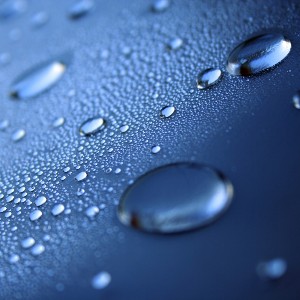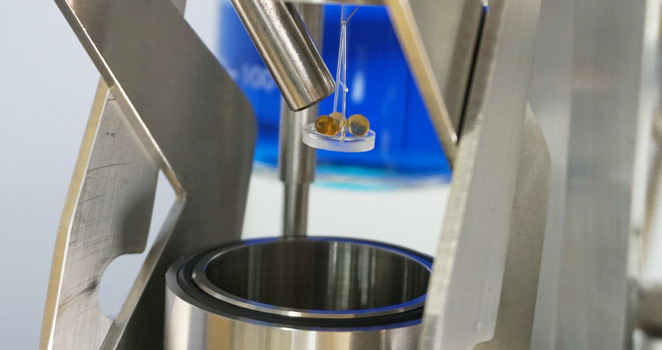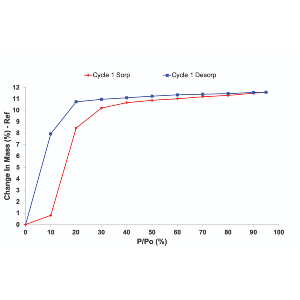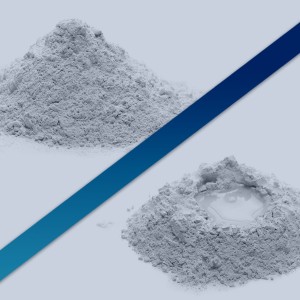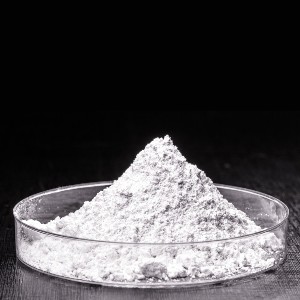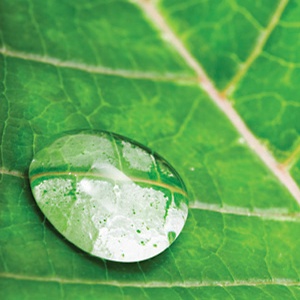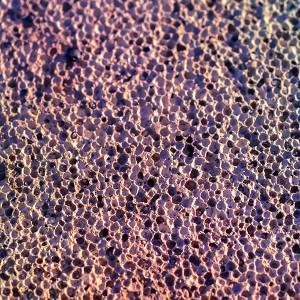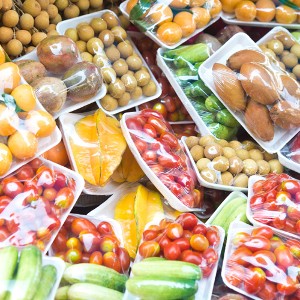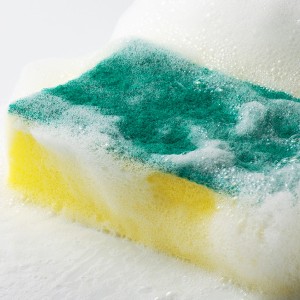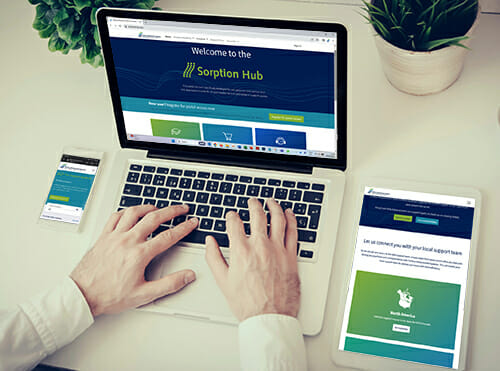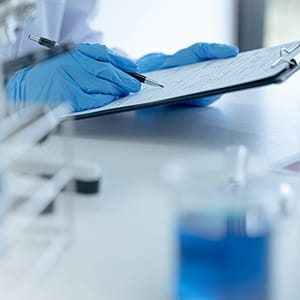World Leaders in Sorption Science
At Surface Measurement Systems, we specialize in the development and engineering of advanced instrumentations and innovative experimental techniques for the physico-chemical characterization of complex solids.
With over 30 years’ experience in the field, we have developed a range of groundbreaking gravimetric sorption analyzers that are favored by sorption researchers across the globe. Offering world-class technical & scientific support to our customers, we are always pushing the boundaries of what is possible in sorption science.
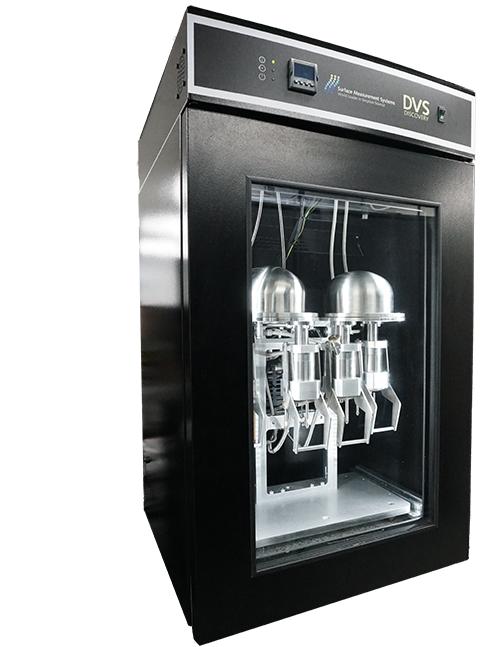
The World’s Most Advanced Gravimetric Sorption Analyzers
Whether developing innovative instrumentations for our own Dynamic Vapor Sorption Technique, or pioneering the world’s first commercial iGC instrument, Surface Measurement Systems specialize in making innovative, reliable, and accurate sorption analyzers that can be employed for a range of applications.
Applications
Our instruments can be employed in any industry for a wide variety of applications. Whatever insight you need into a solid material, our instruments can provide detailed and accurate data, every time.
Industries
Agrichemicals
With the formulation, performance, and stability of fertilizers, plant growth agents, pesticides, and herbicides often critically affected by moisture, our sorption analyzers provide vital insights into agrichemicals.
Bio & Natural Materials
The inherent hydrophilic state of bio & natural materials makes it essential to understand how their affinity for moisture affects the way they interact and change under differing conditions.
Building Materials
The literal building blocks of modern life are constantly put to the test by the rigorous effects of exposure to moisture. The details our instruments provide into how building material react to moisture are essential to understanding their strength, reliability, and safety.
Catalysts
From water sorption isotherms and surface area to porosity and particle adhesion, adsorption studies using water and organic vapors are a powerful way to characterize catalysts and adsorbents, a vital research component across a range of sectors.
Fibers and Fillers
Fibers and fillers are used across a variety of industries. The DVS and IGC techniques provide insights into adhesion performance, flow behavior, surface energetics, moisture uptake, and diffusion for fiber and filler applications.
Food and Fine Chemicals
Whether researching drying, caking or product stability, our instruments are an industry standard for providing insight into water sorption isotherms in the food and fine chemicals market.
Nano & Porous Materials
The DVS and IGC techniques provide a detailed understanding of molecular diffusion and sorption phenomena, essential to materials research in filtration, drying, membrane, and catalyst sectors.
Pharmaceuticals
Pharmaceutical materials offer a wide range of complex behavior, often dependent on their complex crystalline and amorphous morphologies. The reliable and detailed insight provided by our instruments has made us the industry standard.
Polymers & Packaging
Our techniques are used by packaging and polymer manufacturers to determine properties that are key to their performance, such as moisture diffusion and permeability, surface energy, solubility, and more.
Adhesives
We work with adhesive researchers around the world to identify how new materials react under varied conditions and gain detailed insight into the sorption properties and surface energy to further advances made in the adhesive industry.
Coating & Films
From measuring permeability to surface energy, we work with coatings & films researchers around the world to provide key insights into new and exciting coatings materials.
Energy & Environmental
In one of the fastest growing markets in the world, our instruments are being employed at the forefront of alternative energies research to explore and analyze complex new materials.
Personal Care/Beauty
From skin treatments to make up products, our instruments provide essential insights into complex materials in the early stages of personal care product R&D.
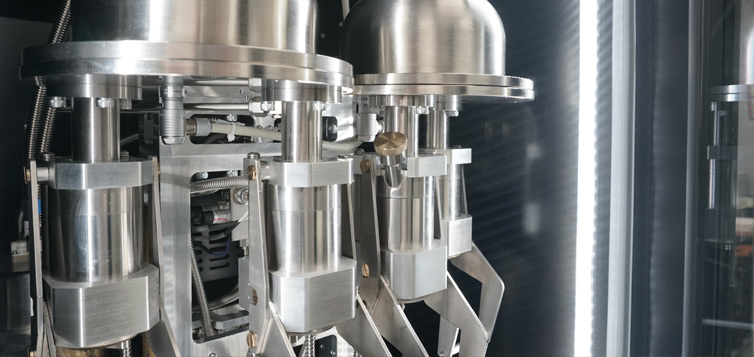
Discover the Possibilities
Surface Measurement Systems engineer a range of innovative instruments employing the DVS and IGC techniques. Each with their own unique set of capabilities, check out the full range to find out which of our sorption analyzers is best suited to your research.
